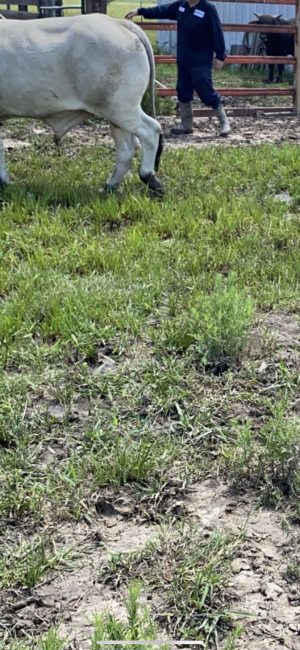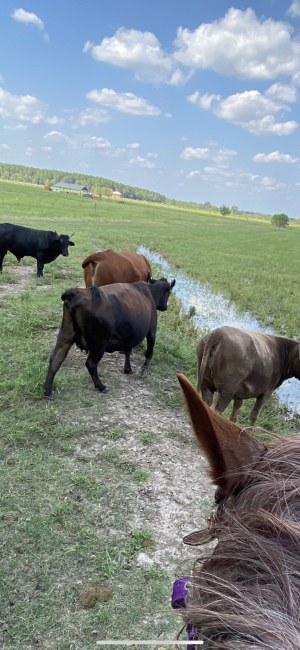Two paddocks is better than 1 - but not much. Cattle should never be allowed to stay on the same piece of ground for more than 7 days. After 7 days, there is re-growth. Cattle prefer the re-growth and that hurts the plants. Each paddock should rest for 30 days (I guess that depends on location?). That is why most recommended 8 paddocks. 8 x 4 = 32 days.
With 40 acres, you are looking at 5 acre paddocks - which should be good for 15 head (15 cow/ calf pairs or 15 total?) If water is a problem, you can have the water at 1 location with permanent fencing around it for catching, and pie shape your paddocks from that 1 location,.
Don't be scared away from electric fencing. I have been using 1 strand polywire to control my herd for maybe 25-30 years. I run around 50 momma cows. I do have lots of permanent large paddocks that I sub-divide. But, until you have done rotational grazing for a while, it is difficult to make the decision as to WHERE you want permanent fencing. My cattle are so broke to polywire, my nephew & I can take a reel - 1 holding the reel & 1 holding the end of the wire and bring the whole herd in or separate 1 or several head at a time to bring in for breeding or whatever needed.





